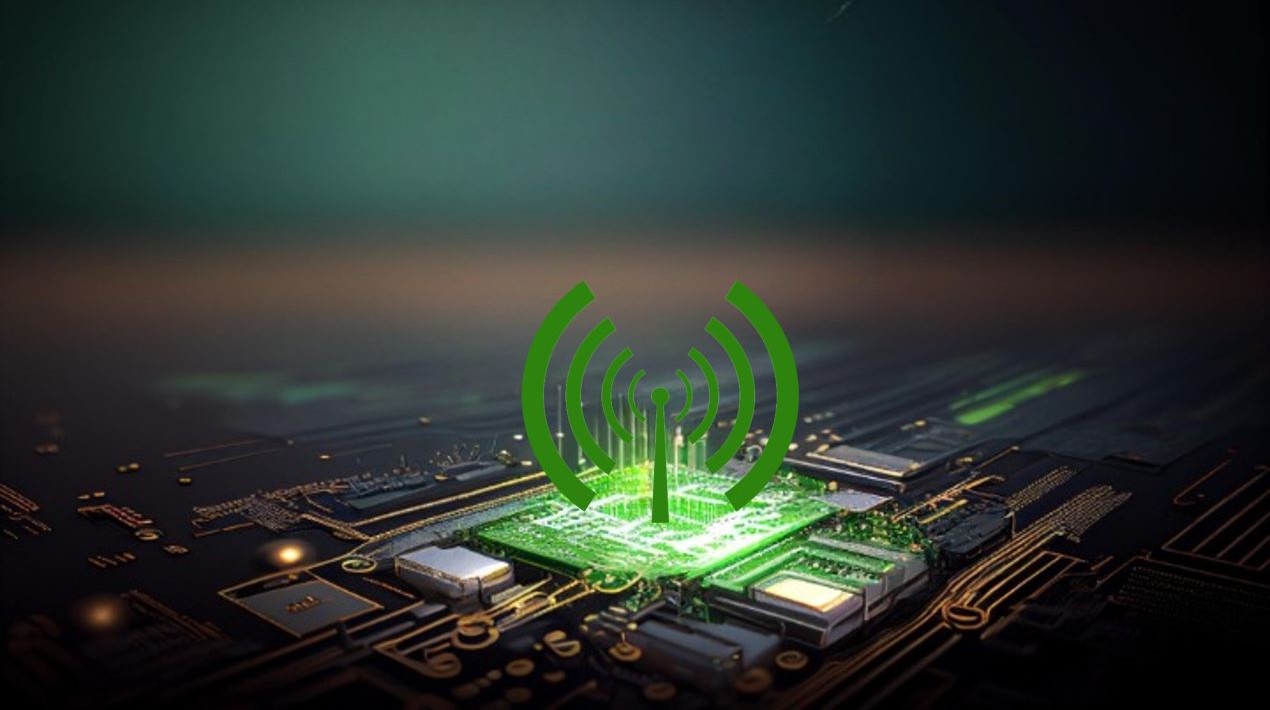
The Victorian Government, in its attack on illegal storage of hazardous waste, is investing A$ 5.5 million in order to electronically monitor chemical waste starting in July of this year.
According to a recent press release, the Environment Protection Authority (EPA) will switch to a fully GPS electronic tracking system in order to better record the production, movement and receipt of industrial waste.
The Minister for Energy, Environment and Climate Change shared that they are implementing these new measures to crack down on the illegal storage of hazardous waste and increase safety for the community.
Benefits of the new system
The EPA receives up to 100,000 paper certificates each year due to its current process of using a mix of electronic and paper waste transport certificates.
With the new system, the Authority will be able to monitor the movement of wastes more quickly and more accurately as compared to using the paper certificates, which is not only time consuming but also difficult to process.
Moving to a fully electronic GPS tracking system will inform the government when and where these chemicals are being moved and stored.
This will allow them to identify potentially illegal activity and catch these criminals in the act.
The Authority’s Chief Executive Officer explained that the introduction of a fully electronic waste transport certificate system will enable them to better track the movement of waste by providing improved quality data, which would help them detect potential risks and intervene earlier.
This move will phase out the EPA’s original process of paper certificates by 1 July 2019, thereby guaranteeing that all certificates are recorded electronically.
Managing human health and environment
In addition, a new integrated waste tracking tool will also be developed over the next 12 months.
The tool will be equipped with improved data analytics and reporting in order to deliver insights on sector activity, trends, and highlight potential illegal activity.
This best practice tracking system will be finalised by March 2020 so that industry will have ample time, three months, to transition before the new Environment Protection Act legislation comes into effect on 1 July 2020.
The new legislation will introduce modern surveillance devices, tougher penalties and a greater focus on industry responsibility and proactively managing risks to human health and environment.
Meanwhile, the Victorian Government is introducing a new online database that will help Victorians find out where their pets come from.
Protecting both pets and owners
As reported, the Pet Exchange Register will apply to all dogs and cats advertised for sale or rehoming starting 1 July 2019.
The animals will need a source number which identifies an individual, breeder, business or shelter.
The Victorians who are getting a dog or cat will be encouraged to check the validity of a seller on the register before they bring their new furry family member home.
The Minister for Agriculture explained that when Victorians take home a new furry family member, they should know it has been raised by people that value its welfare.
The Pet Exchange Register helps provide transparency, so people will know exactly where the new pets are coming from.
It will be considered an offence if advertisements do not have a valid microchip number and a Pet Exchange Register source number starting 1 July.
This applies to all advertisers selling or giving away dogs, cats, puppies and kittens, as well as publishers of the advertisements.
The Pet Exchange Register will make it more difficult for illegal breeders and puppy farms to hide and will help councils and authorised officers monitor those acting unlawfully and take action.
















